The 1970s offered a wide range of performance cars that often flew under the radar. Many of these vehicles combined innovative engineering with distinctive styling, making them appealing to car enthusiasts. Here, we take a closer look at ten underrated performance cars from that era.
De Tomaso Pantera

The De Tomaso Pantera made its mark with Italian design and American muscle. Launched in 1971, it featured a Ford 351 Cleveland V8 engine, delivering around 330 horsepower. This mid-engine sports car was capable of reaching speeds over 150 mph, thanks to its lightweight steel monocoque chassis.
Despite its performance capabilities, the Pantera was relatively affordable, making it a favorite among those seeking exotic looks without the hefty price tag. Its production continued into the early ’90s, solidifying its position as a classic among collectors.
Jensen Interceptor

Produced by the British manufacturer Jensen Motors from 1966 to 1976, the Interceptor combined English craftsmanship with American V8 power. Available with engines ranging from 383 to 440 cubic inches, it boasted substantial power and torque.
The Interceptor’s distinctive look came from its large, sloping rear window, which also functioned as a tailgate. Although it was luxurious and powerful, it never quite reached the popularity it deserved, making it a hidden gem for those who appreciate its unique charm.
Lancia Stratos
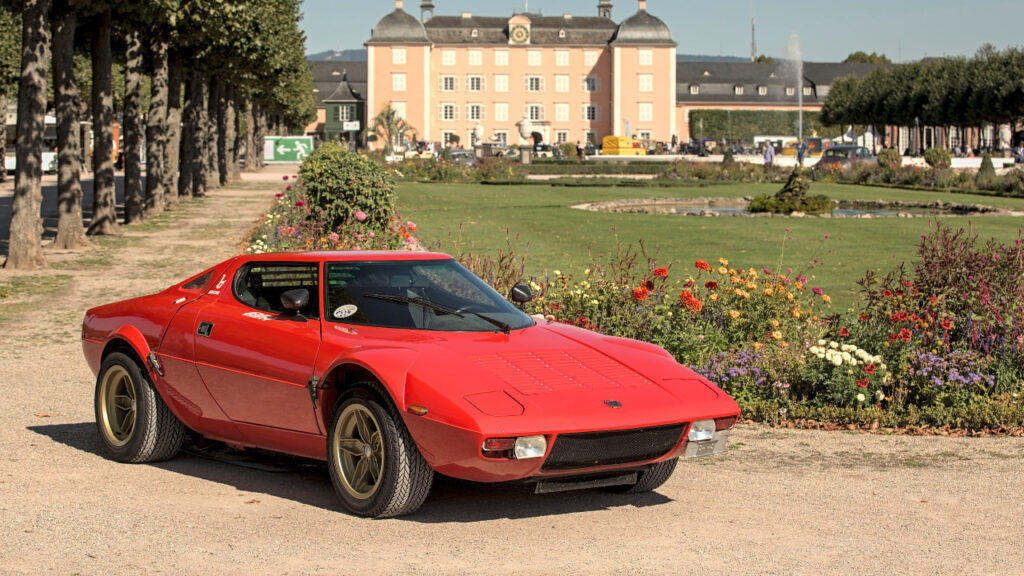
The Lancia Stratos HF is a rally legend, designed specifically for competition. With a Ferrari-derived V6 engine producing around 190 horsepower, this lightweight car excelled in handling and speed, leading it to numerous rally victories in the ’70s.
Its wedge-shaped, aerodynamic design was ahead of its time, making it stand out not only on the rally circuit but also on the streets. Today, the Stratos is celebrated for its racing pedigree and distinctive styling, though it remains lesser-known to the broader public.
BMW 3.0 CSL
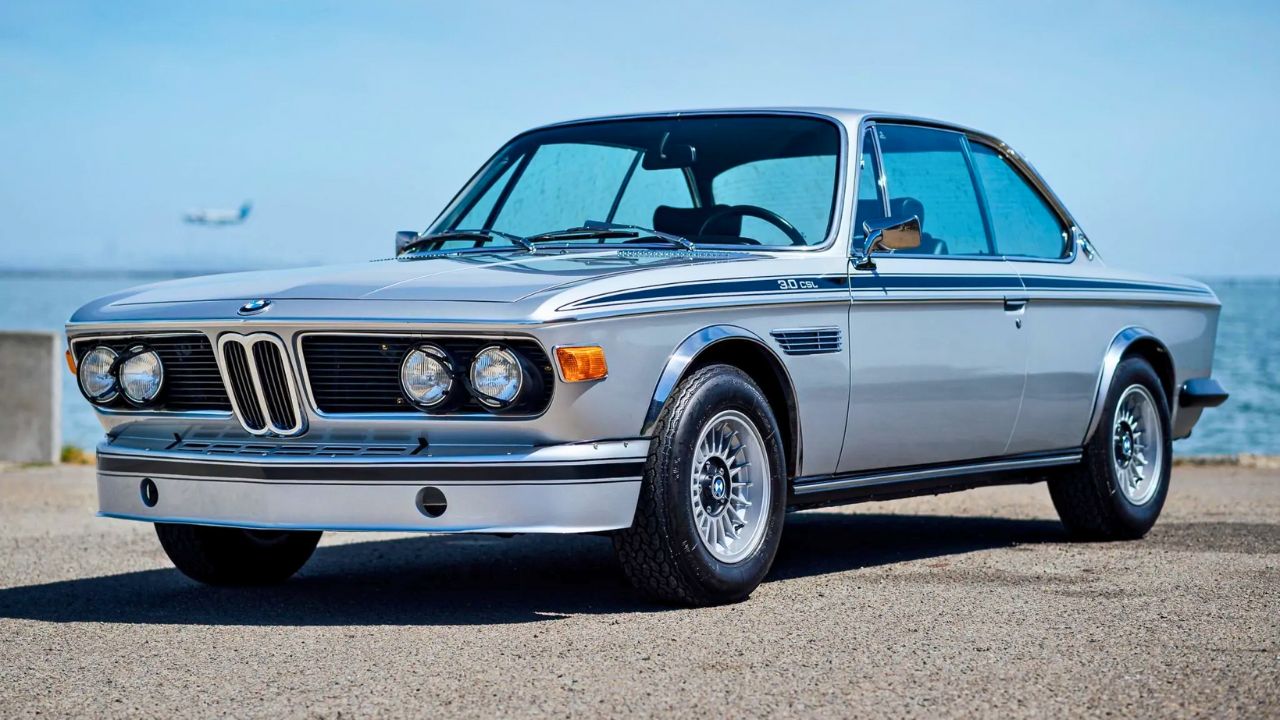
Nicknamed the “Batmobile” for its distinctive aerodynamic features, the BMW 3.0 CSL was a homologation special produced between 1972 and 1975. It featured a 3.2-liter inline-six engine that produced up to 206 horsepower, paired with a lightweight body to enhance performance.
The CSL achieved success in racing, particularly in the European Touring Car Championship. Despite its achievements, the 3.0 CSL remains an underrated classic, appreciated by those who recognize its engineering prowess and racing heritage.
AMC Javelin AMX

The AMC Javelin AMX was introduced as a competitor to the popular muscle cars of the era. Equipped with a powerful V8 engine, it delivered impressive performance specs, making it a worthy contender on both the street and the track.
With its aggressive styling and racing success, particularly in the Trans-Am series, the Javelin AMX deserved more recognition. Its limited production numbers and unique appeal make it a fascinating choice for those interested in American performance cars.
Opel GT
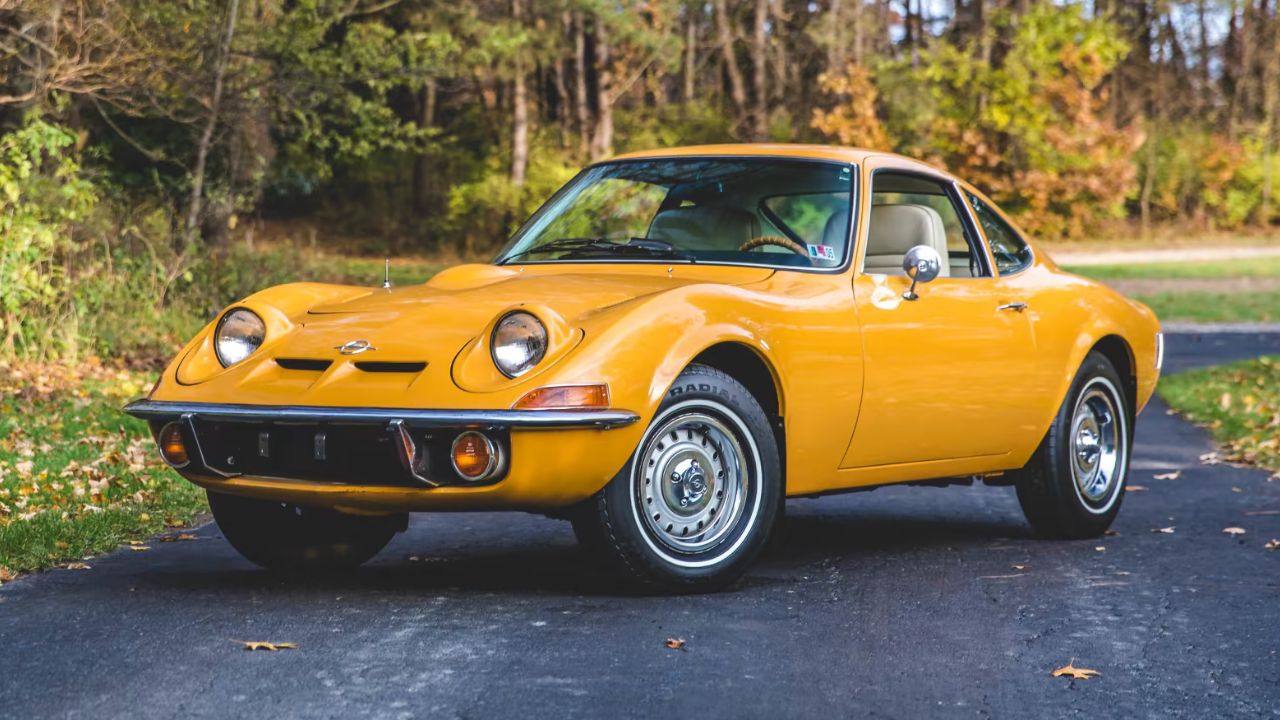
Often referred to as a “mini-Corvette,” the Opel GT combined European styling with agile performance. Launched in 1968, it featured a 1.9-liter inline-four engine, providing nimble handling and sufficient power for its lightweight design.
The GT’s sleek lines and pop-up headlights made it a visual standout, and while it didn’t achieve the same fame as its contemporaries, it remains a charming example of ’70s sports car design.
Mazda RX-3
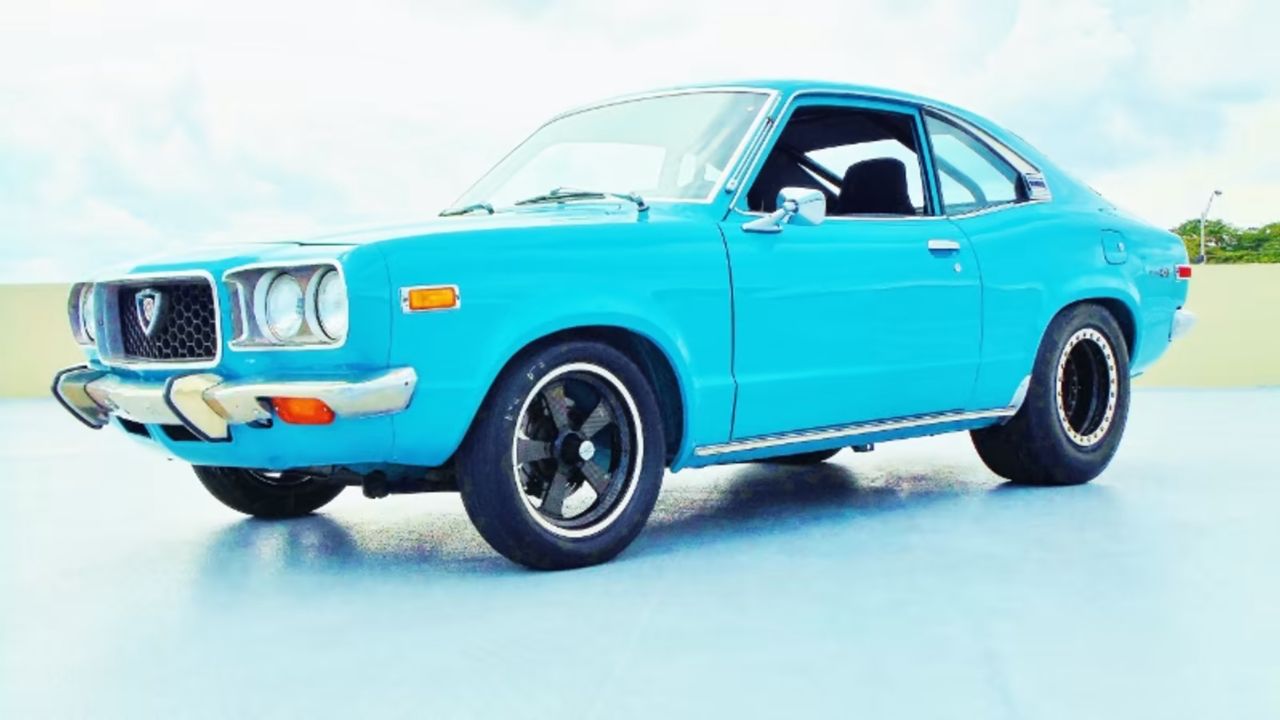
The Mazda RX-3 was a compact sports car that introduced many to rotary engine technology. Its lightweight build and 12A rotary engine offered an exciting driving experience, with high-revving capabilities that set it apart from traditional piston engines.
While the RX-3’s performance in racing circles helped establish Mazda’s reputation, it often flies under the radar compared to its successors. Its distinct character and engineering make it a noteworthy choice for those exploring vintage performance cars.
Iso Grifo
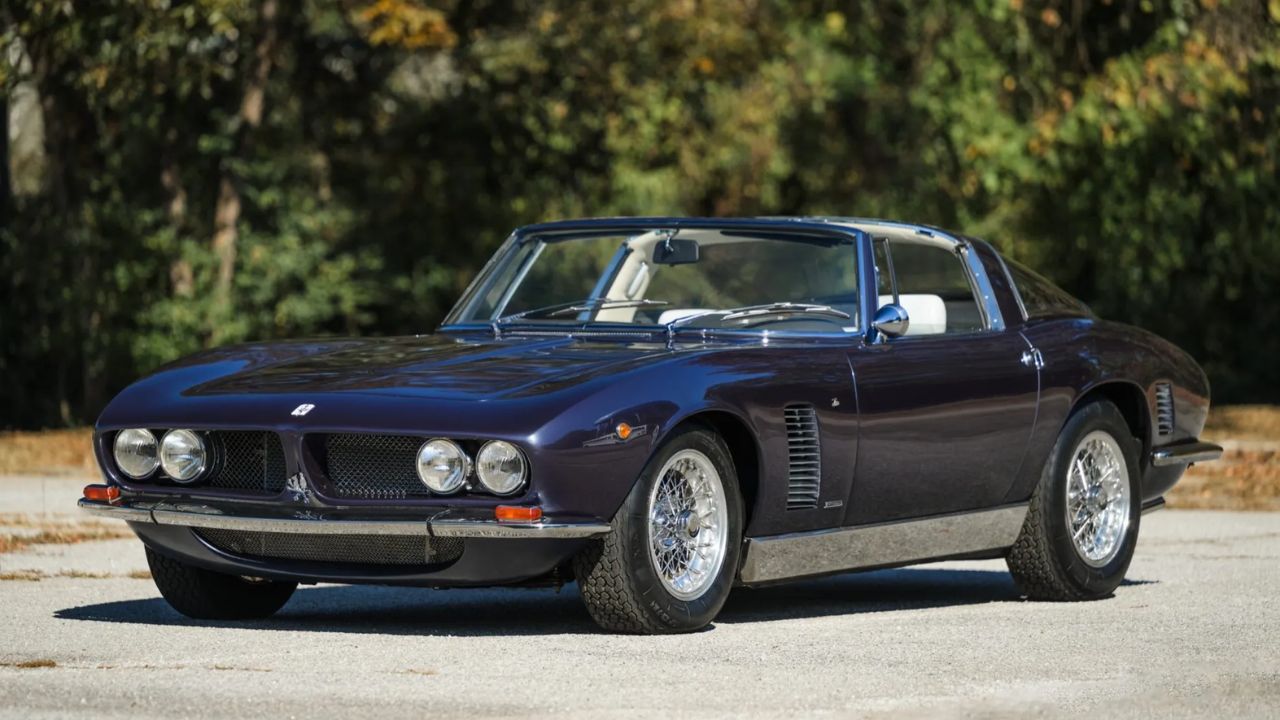
Produced by the Italian manufacturer Iso Rivolta, the Grifo combined Italian design with American muscle, featuring engines from Chevrolet and later Ford. Its sleek body and powerful V8 engines made it a standout grand tourer of the ’70s.
Despite its limited production, the Iso Grifo attracted a devoted following. Its blend of performance and luxury make it a fascinating vehicle for those seeking something beyond the typical European sports car.
Triumph TR8

The Triumph TR8 was the V8-powered version of the TR7, produced in limited numbers from 1978 to 1981. It featured a 3.5-liter Rover V8 engine, providing the performance boost that the TR7 lacked.
Though it offered improved power and handling, the TR8 never achieved widespread acclaim. Today, it is appreciated for its unique place in British sports car history, offering a compelling mix of performance and character.
Lotus Elite
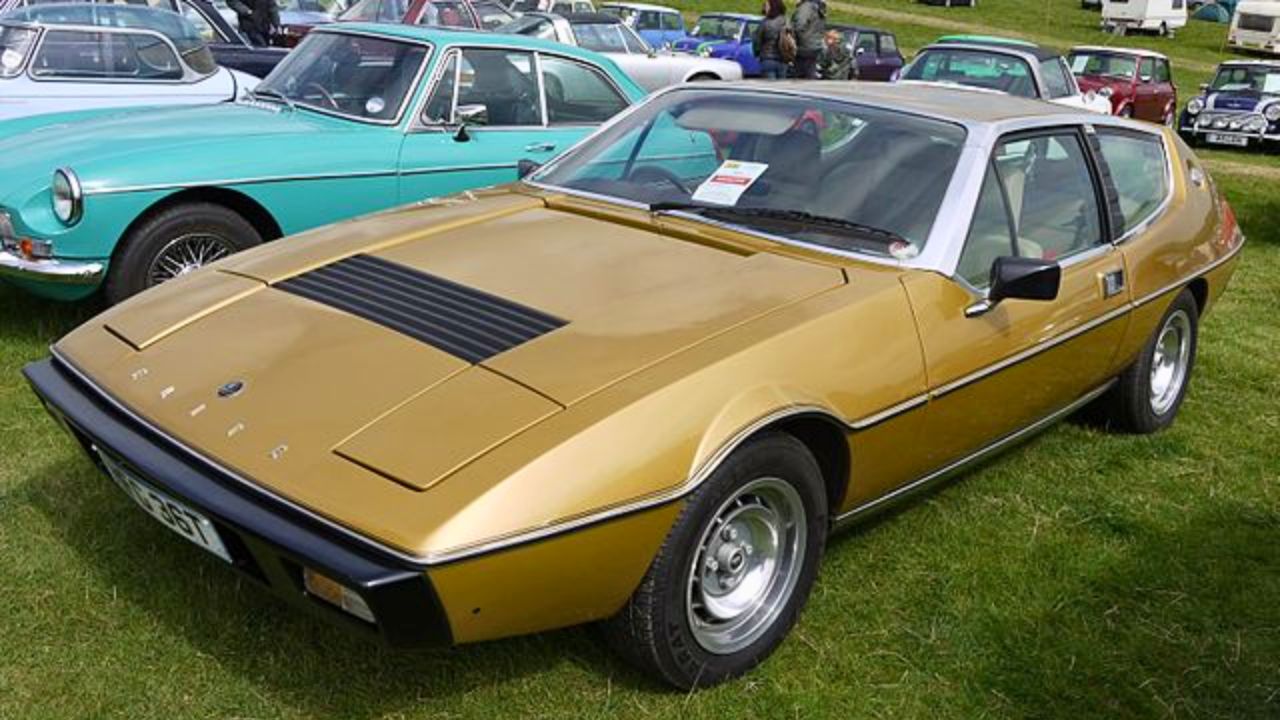
The Lotus Elite of the 1970s was a departure from the brand’s traditional lightweight sports cars. It featured a sleek shooting-brake design and was powered by a 2.0-liter Lotus 907 engine, offering a blend of practicality and performance.
Despite its innovative design and engineering, the Elite struggled to find its audience, partly due to its higher price point. However, its unique styling and engineering make it a notable example of Lotus’s adventurous approach to car design.
Like Fast Lane Only’s content? Be sure to follow us.
Here’s more from us:
“`

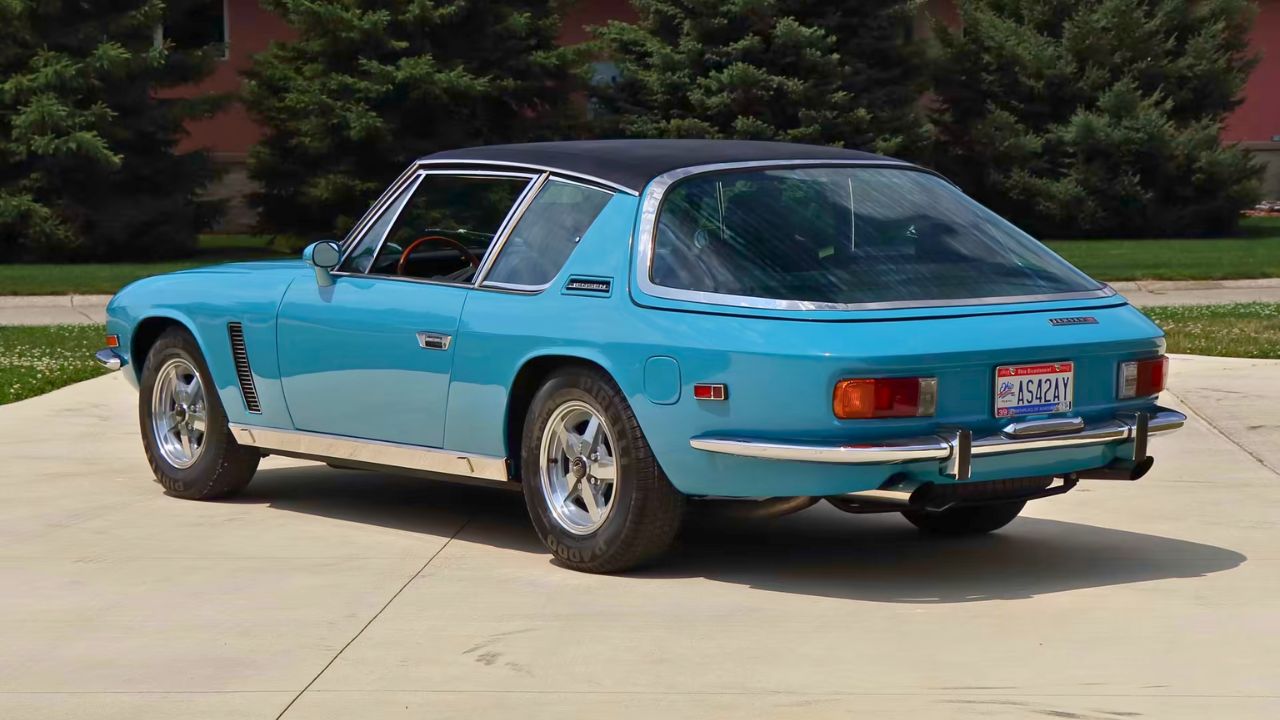
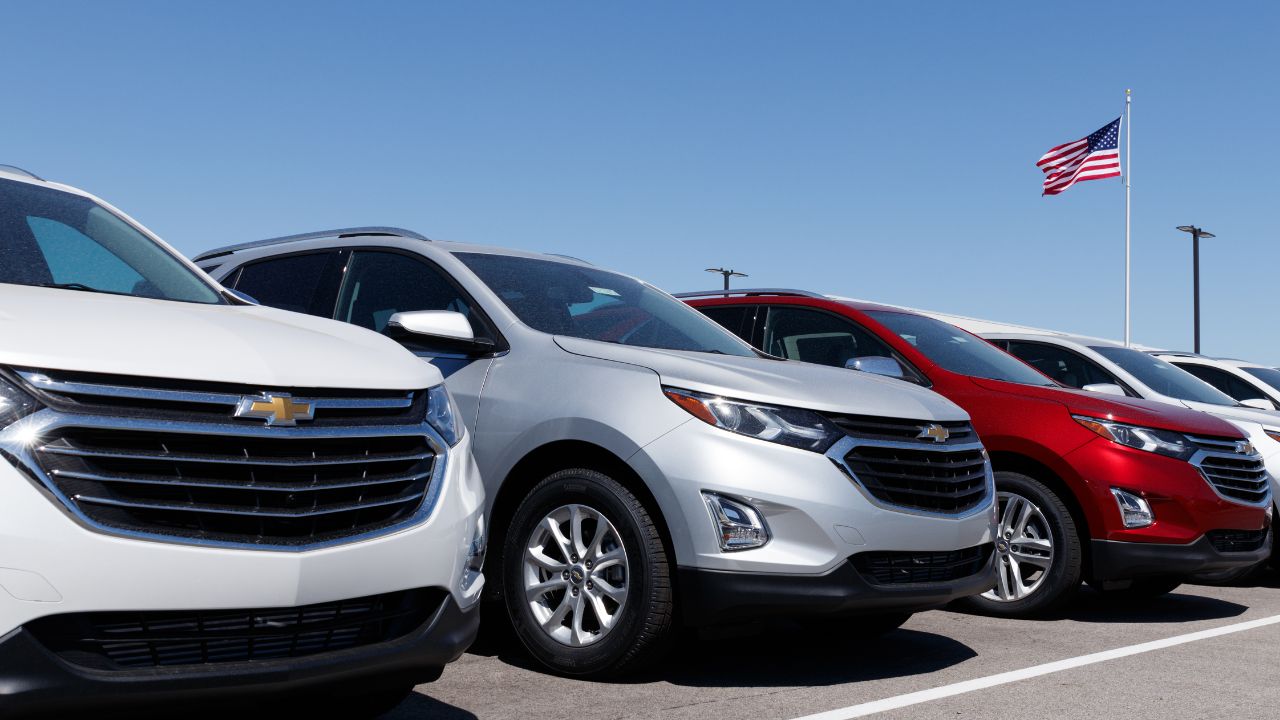



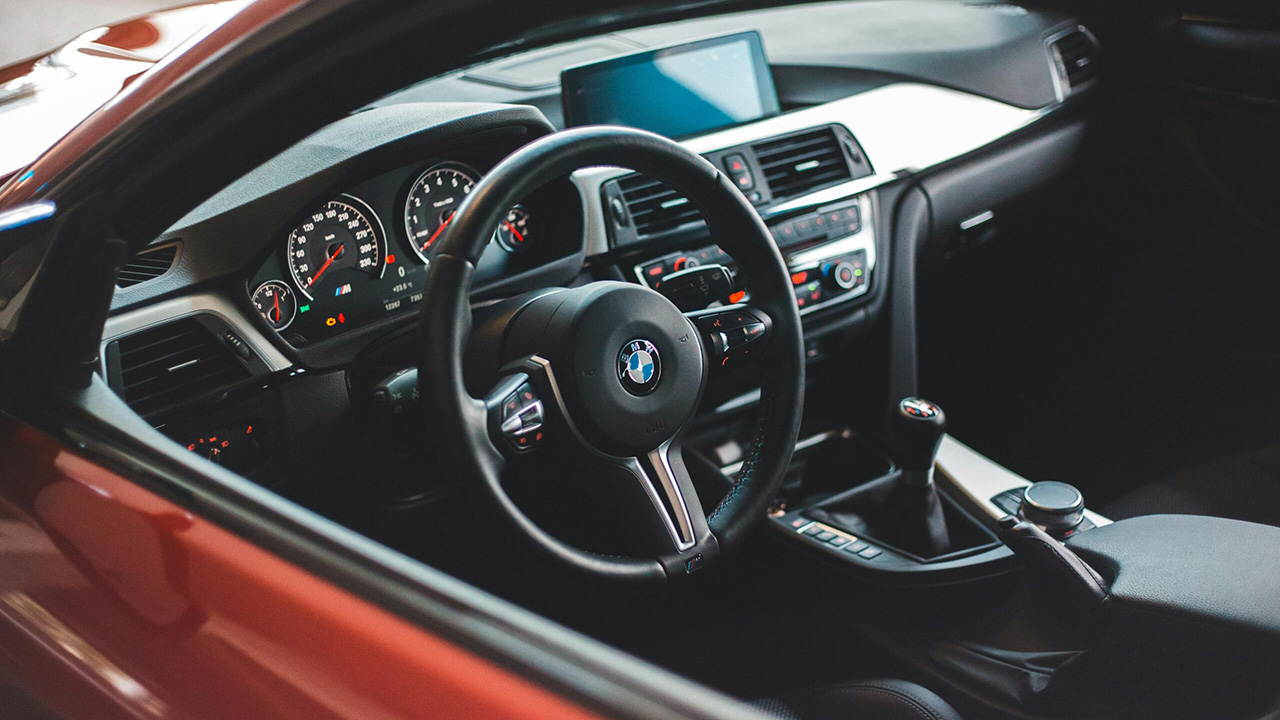
Leave a Reply